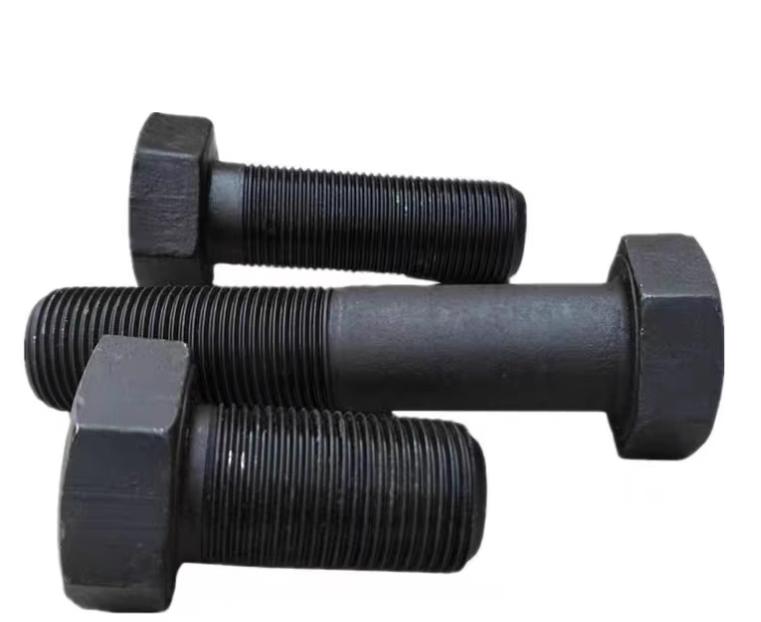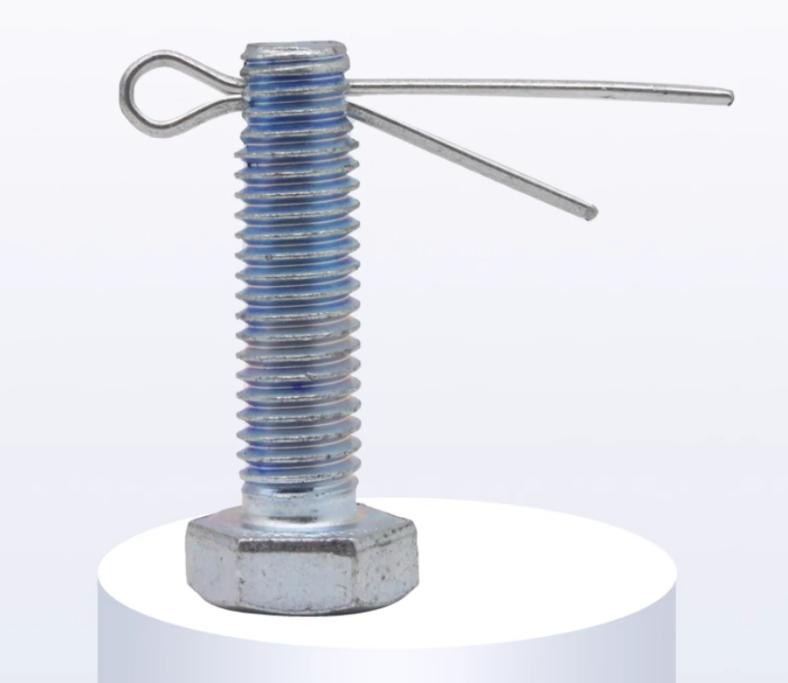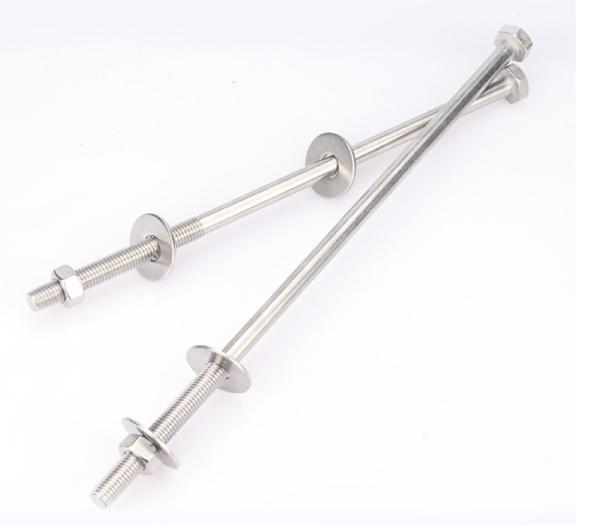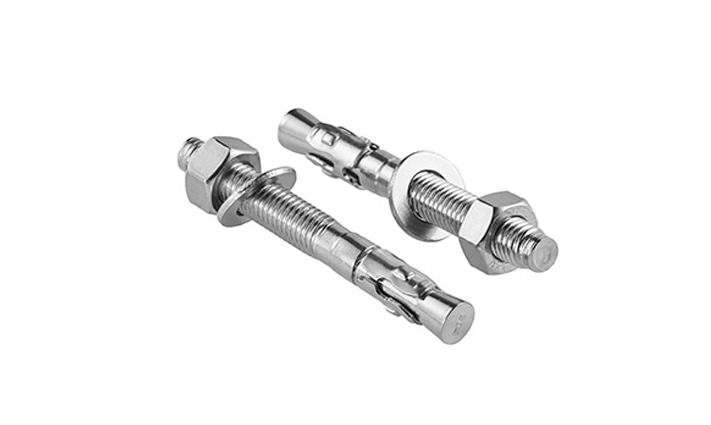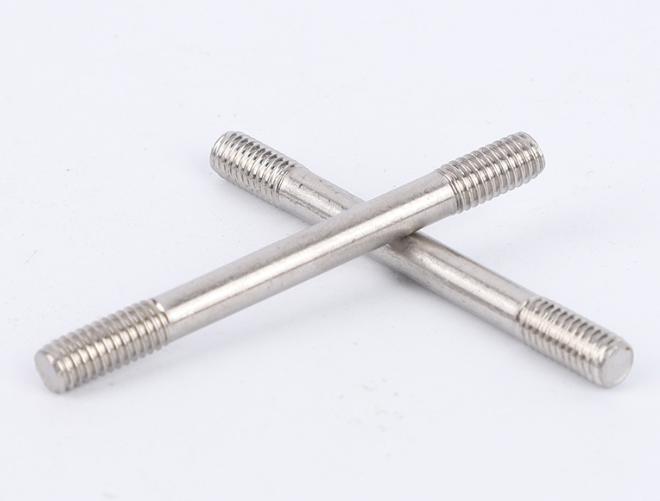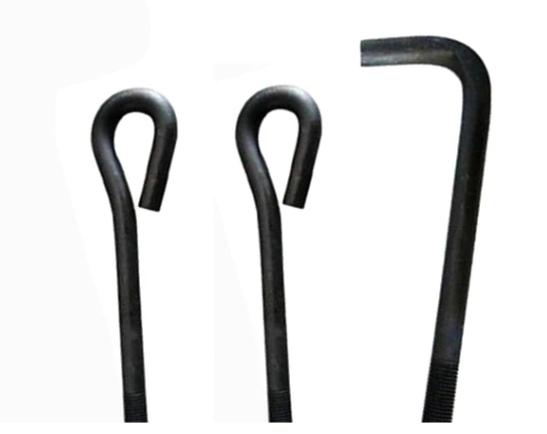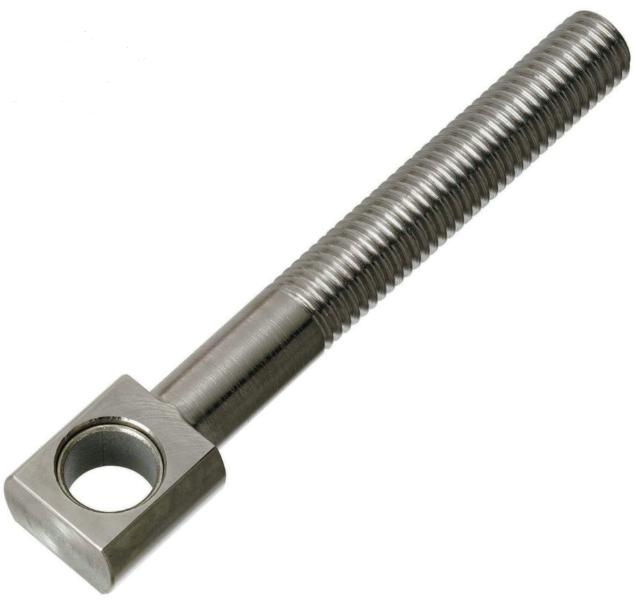Tolerance Fit for Bolts and Nuts: What It Is, How to Select and What Are Best Practices
Bolts and nuts are one of the most common types of fasteners used in mechanical engineering. They are used to connect two or more parts together in a secure and reliable manner. The proper selection of bolts and nuts is essential for ensuring the safety and reliability of the assembly. One of the most important factors to consider when selecting bolts and nuts is the tolerance fit. In this article, we will explore the intricacies of tolerance fit for bolts and nuts, delving into its definitions, classification, selection principles, and essential precautions to ensure safety and reliability in mechanical systems.
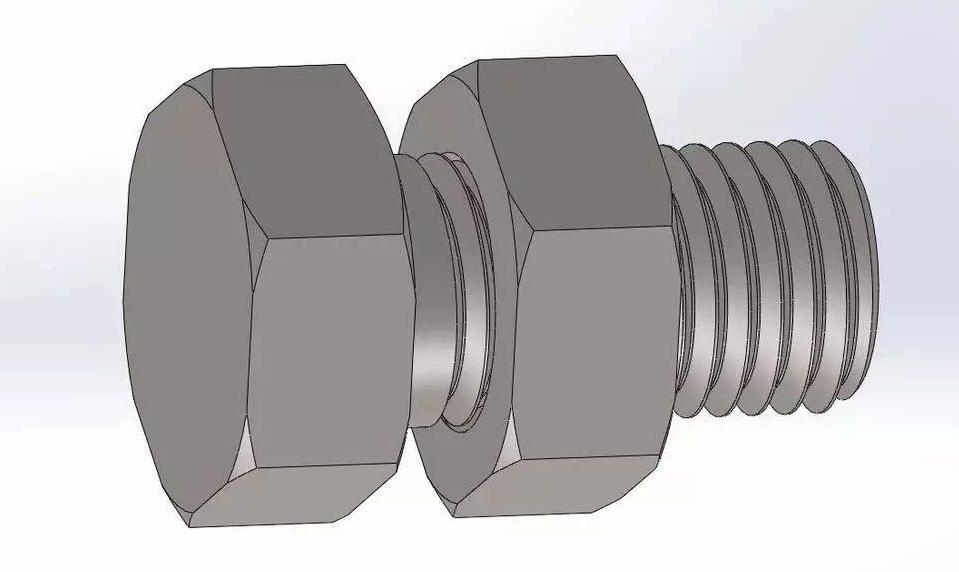
What is the Tolerance Fit for Bolts and Nuts
Tolerance, in the realm of manufacturing, refers to the permissible range of dimensions for components to ensure interchangeability and assembly precision. It is the margin of error allowed in the dimensions of parts, which allows for deviations from the ideal specifications while maintaining acceptable quality. This range is crucial because it helps guarantee that parts manufactured at different times and locations can fit together smoothly, ensuring the reliability and efficiency of mechanical systems.
Tolerance can be broadly categorized into two main types: basic tolerance and additional tolerance. Basic tolerance refers to the allowable deviation of component dimensions during the manufacturing process, and it is determined according to specific standards and engineering requirements. Additional tolerance, on the other hand, accommodates higher precision requirements arising from practical use and on-site operations. It is added to the basic tolerance to meet the specific needs of an application, such as ensuring a tighter fit for increased performance.
Classification and Selection Principles of Tolerance Fit
The fit between bolts and nuts can be broadly categorized into three types: interference fit (overfitting), transition fit (zero clearance fit), and clearance fit. The choice of tolerance fit is crucial, as it directly impacts the performance and functionality of mechanical systems.
Interference Fit (Overfitting)
Interference fit involves the bolt diameter being slightly larger than the nut hole, resulting in a tight, press-fit connection. This means that the bolt and nut cannot be easily separated without the application of force. Interference fits are chosen when the highest level of fastening integrity is required, making it suitable for applications where security is paramount. While this type of fit provides excellent strength, it may also pose challenges during disassembly and maintenance.
Transition Fit (Zero Clearance Fit)
Transition fit occurs when the bolt diameter is equal to or slightly smaller than the nut hole. This provides a balance between a secure connection and ease of assembly and disassembly. Transition fits are favored in situations where frequent assembly and disassembly is necessary, as they allow for relative motion between components without sacrificing overall security. This type of fit is often chosen for applications that require both stability and serviceability.
Clearance Fit
Clearance fit arises when the bolt diameter is smaller than the nut hole, leaving a gap between the components. This gap allows for relative movement between the bolt and nut. Clearance fits are often selected when ease of lubrication, cleaning, and corrosion resistance are critical. These fits are generally more straightforward to assemble and disassemble, making them ideal for applications where maintenance and accessibility are priorities.
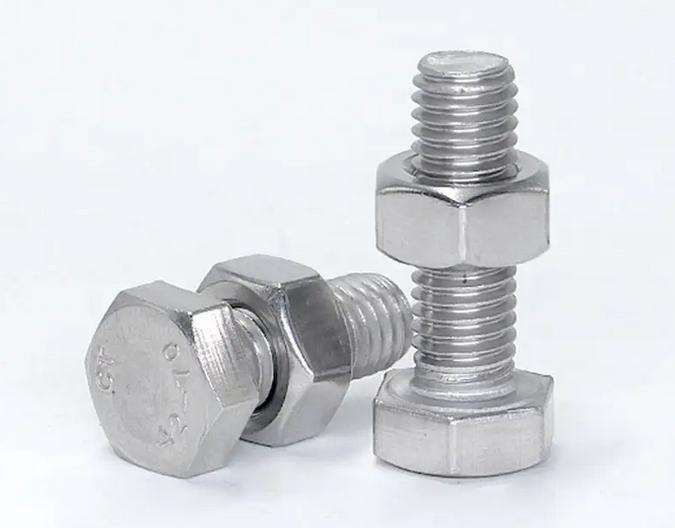
Selection Principles of the Tolerance Fit for Bolts and Nuts
The choice of tolerance fit should always align with the specific requirements of the application. Here are some considerations to guide your selection:
- High Fastening Integrity
When the highest level of fastening integrity is required, such as in structural applications or high-stress environments, an interference fit is an appropriate choice. It ensures that the bolt and nut stay securely connected under extreme conditions.
- Ease of Assembly and Disassembly, and Maintenance
In applications where frequent assembly and disassembly are necessary, and where maintenance is a priority, a transition fit is an optimal choice. It offers a balance between stability and serviceability, allowing for components to be easily separated when needed.
- Convenience in Lubrication, Cleaning, and Corrosion Resistance
For applications that require regular maintenance and easy access for tasks like lubrication, cleaning, and corrosion prevention, a clearance fit is the preferred option. The gap between components simplifies these processes.
Important Considerations in Practice of the Tolerance Fit for Bolts and Nuts
While selecting the appropriate tolerance fit is crucial, adhering to best practices and precautions is equally important to ensure the long-term reliability and safety of the mechanical system.
- Adherence to Relevant Standards
Tolerance fit selection should be in strict accordance with relevant standards and guidelines. Deviating from established standards can result in unintended consequences, including decreased safety and reliability.
- Mutual Inspection and Cleaning
Before components are joined in a tolerance fit, they should be thoroughly inspected for any defects or inconsistencies. Additionally, the parts should be cleaned to ensure that no contaminants or debris hinder the fit quality.
- Maintain Good Processing Quality
Ensure that the manufacturing process maintains a high standard of quality to prevent deviations that exceed the allowable range for the chosen tolerance fit. Poor processing quality can lead to fit problems and compromised system performance.
- Avoid Over-Tightening
During assembly, avoid over-tightening the components, as this can negatively impact fit quality and result in bolt deformation or even fracture. Following manufacturer-recommended torque specifications is essential.
- Regular Inspection and Replacement
As mechanical systems operate, parts may undergo wear and fatigue. Regularly inspect and replace components that exhibit signs of fatigue, deformation, or significant wear and tear. This practice ensures the ongoing safety and reliability of the equipment.
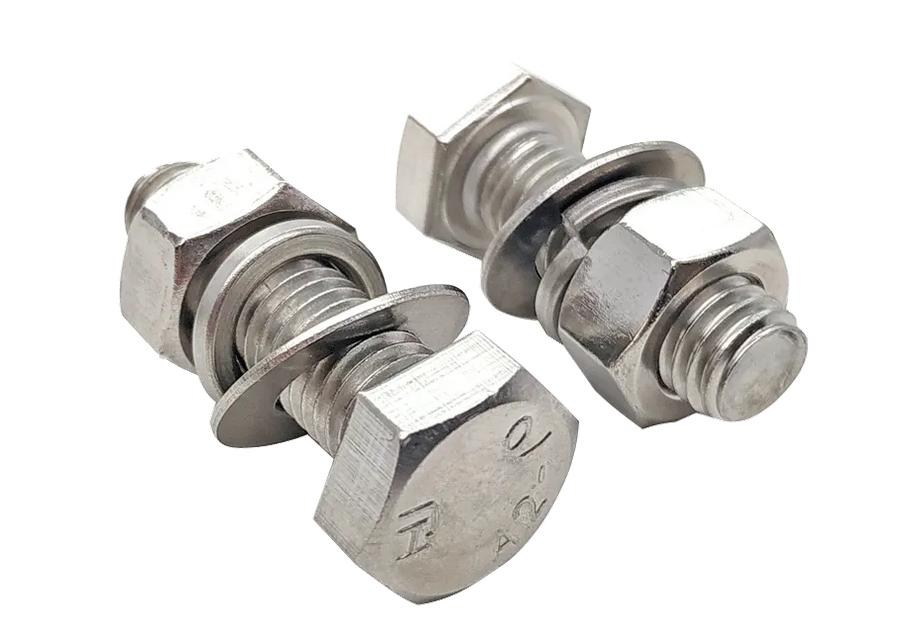
Conclusion
In summary, understanding the tolerance fit for bolts and nuts is an essential aspect of mechanical manufacturing, assembly, and maintenance. The choice of tolerance fit must align with the specific requirements of the application, whether it prioritizes high fastening integrity, ease of assembly and disassembly, or maintenance convenience. While the selection of the appropriate tolerance fit is vital, adherence to best practices and precautions is equally critical to ensure long-term reliability and safety in mechanical systems. By following established standards, conducting thorough inspections, maintaining high processing quality, avoiding over-tightening, and regularly inspecting and replacing worn components, the fit quality can be optimized, extending the service life of the equipment and ensuring reliable performance.

